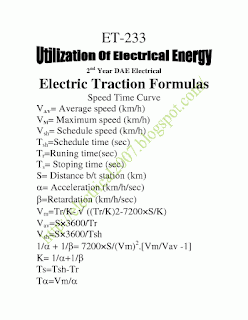

Explain the Multisim workbench and show how to construct a basic circuit.Explain the Multisim workbench and show how to construct a basic circuit.

Measure resistances and voltages in a DC circuit using a DMM.Measure resistances and voltages in a DC circuit using a DMM. Use a digital multimeter (DMM) to measure a predetermined low voltage on a power supply.Use a digital multimeter (DMM) to measure a predetermined low voltage on a power supply.
#Et115 book code
Unit Two Objectives - IV Given a resistor value and tolerance, list the color code for a four- or fiveband resistor.Given a resistor value and tolerance, list the color code for a four- or fiveband resistor. Determine the resistance value of a four- or five-band resistor from the color code.Determine the resistance value of a four- or five-band resistor from the color code.

Describe basic types of resistors.Describe basic types of resistors. Define the unit of resistance.Define the unit of resistance. Explain how wire sizes are related to gauge numbers.Explain how wire sizes are related to gauge numbers. Define ground or common.Define ground or common. Define open-circuit and closed circuit.Define open-circuit and closed circuit. Relate a schematic to a physical circuit.Relate a schematic to a physical circuit. Unit Two Objectives - III Describe the elements of a basic circuit.Describe the elements of a basic circuit. Illustrate how symbols can be connected to form a schematic.Illustrate how symbols can be connected to form a schematic. Identify the symbols for resistors, variable resistors, voltage sources,switches, fuses, circuit breakers, various grounds, and meters.Identify the symbols for resistors, variable resistors, voltage sources,switches, fuses, circuit breakers, various grounds, and meters. Unit Two Objectives - II Give examples of solids liquids and conductors that are conductors and solids, liquids and gases that are insulators.Give examples of solids liquids and conductors that are conductors and solids, liquids and gases that are insulators. Explain how conductors, semiconductors, and insulators differ from an atomic viewpoint.Explain how conductors, semiconductors, and insulators differ from an atomic viewpoint. Explain the difference between electron flow and conventional current.Explain the difference between electron flow and conventional current.

Describe energy levels and valence electrons.Describe energy levels and valence electrons. Define neutron, proton, electron, atomic number, and shell.Define neutron, proton, electron, atomic number, and shell. Unit Two Objectives - I Describe the basic structure of an atom based on the Bohr model.Describe the basic structure of an atom based on the Bohr model. Schedule Unit Topic Chpt Labs 1.Quantities, Units, Safety11 + 2 2.Voltage, Current, Resistance23 + 16 3.Ohm’s Law35 (35) 4.Energy and Power36 (41) 5.Series CircuitsExam I47 (49) 6.Parallel Circuits59 (65) 7.Series-Parallel Circuits610 (75) 8.Thevenin’s, Power Exam 2619 (133) 9.Superposition Theorem 611 (81) 10.Magnetism & Magnetic Devices7Lab Final 11.Course Review and Final Exam 2 Presentation on theme: "1 Unit Two: Voltage, Current, and Resistance John Elberfeld ET115 DC Electronics."- Presentation transcript:ġ Unit Two: Voltage, Current, and Resistance John Elberfeld ET115 DC Electronics


 0 kommentar(er)
0 kommentar(er)
